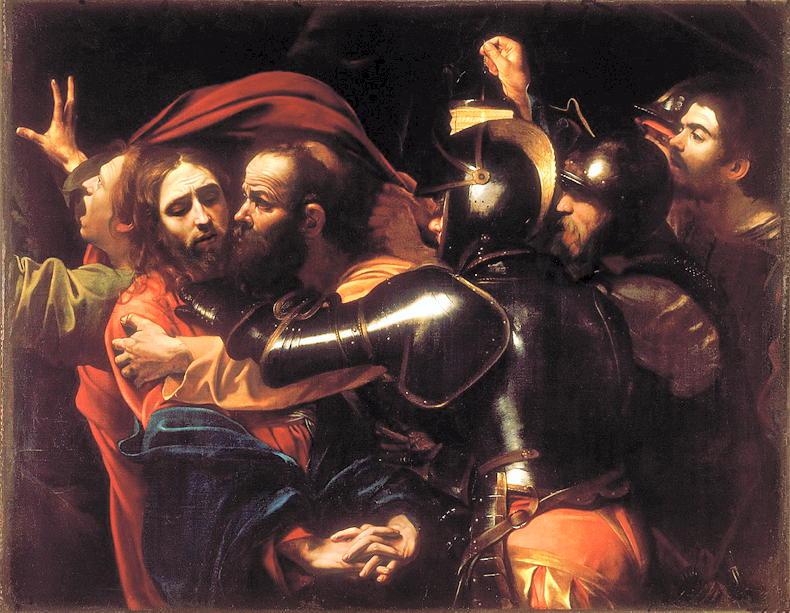Do you know the meaning of the word “tenebrism”? If your answer is no, I suspect you are in the majority. It was a word unknown to me until recently.
My day job is that of editor of The Irish Field, a sister paper to the Irish Farmers Journal. It is Ireland’s leading equine and equestrian publication.
Recently I had occasion to look up the meaning of the word tenebrism, as it is the name of one of the best young horses trained here in Ireland. The two-year-old filly of the same name is owned in partnership by Sue Magnier, and she is renowned for giving her horses well-researched names.
The artist Caravaggio is generally credited with the invention of the style
The sire, or father, of the equine Tenebrism is Caravaggio, and I was not surprised to find that there is a connection. Tenebrism, from the Italian tenebroso meaning dark, gloomy or mysterious, is a style of painting where there are violent contrasts of light and dark, and where darkness becomes a dominating feature of the image. The technique was developed to add drama to an image through a spotlight effect, and is common in Baroque paintings.
The artist Caravaggio is generally credited with the invention of the style, although this technique was used by earlier artists such as Albrecht Dürer, Tintoretto and El Greco. The term is usually applied to artists from the 17th century onward.
We have, in Ireland, a very famous picture – maybe the most famous – that displays this style of painting. It resides in the National Gallery of Ireland and attracts many international tourists, in the same way that Irish visitors to Paris will have the Mona Lisa on their bucket list of things to see.
An oil on canvas, The Taking of Christ is on indefinite loan to the National Gallery from the Jesuit community in Leeson Street in Dublin. Caravaggio painted this extraordinary work for the Roman Marquis Ciriaco Mattei in 1602. He placed the figures close to the picture plane, and used a strong light-and-dark contrast, giving the scene an extraordinary sense of drama.
Only the moon lights the scene
Judas has identified Christ with a kiss, as the temple guards move in to seize him. The fleeing disciple on the left is St John the Evangelist. Only the moon lights the scene. Although the man at the far right is holding a lantern, it is an ineffective source of illumination. In that man’s features Caravaggio portrayed himself, aged 31, as an observer of events, a device he frequently used in his paintings.
The painting was a commission, and was often copied by contemporary artists. By the 20th century, the painting had disappeared, having been sold by the family in 1802 and misattributed to Gerrit van Honthorst, a Dutch follower of Caravaggio. Scholars resumed searching for the original in the 1940s, as many of them no longer accepted the authenticity of a painting in the Odessa Art Museum, now known to be a copy made for another member of the Mattei family in 1626.
It has all the features associated with his great works
The Taking of Christ has now regained its status as a key work by Caravaggio, completed during the artist’s short period in Rome. It has all the features associated with his great works: a dramatic story, dramatic lighting and expressive figures. Put it on your bucket list to see.






 This is a subscriber-only article
This is a subscriber-only article










SHARING OPTIONS: